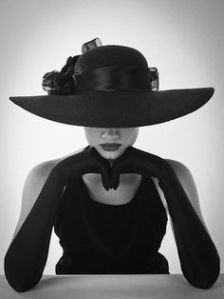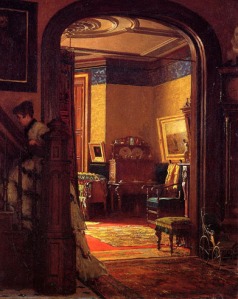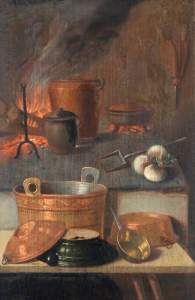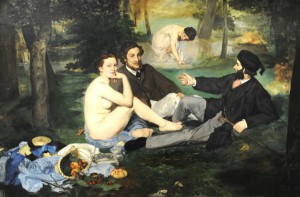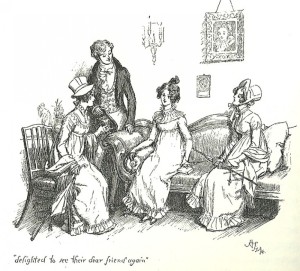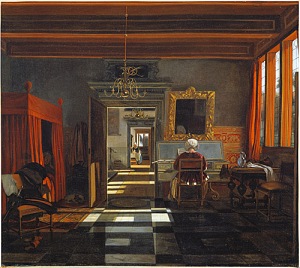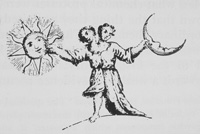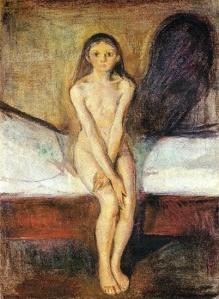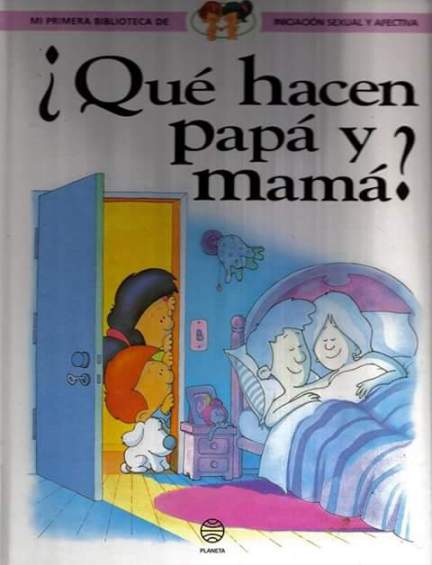
The title for this manual on sexual education for schools in Mexico says ‘What are dad and mum doing?’ The design of the cover shows a couple of siblings curiously spying on their parents intimate life, and incites to what could result in extremely dangerous practices. There are indeed big issues with the cover and the title chosen to teach children sexual theory (we should be aware of the difference between sexual theory and practice). Independently of the contents of the book, this cover introduces the topic through a transgression of sexuality and domestic space that can have psychological consequences.
First of all, sexual curiosity is addressed towards the parents. But is not sexuality, when it appears consciously, usually addressed towards another object than the parents? Spontaneously, the first sexual feelings appear between girl and boy without need of establishing any relationship to the parents. Nature is an agent clever enough to start working by its own. Girl and boy – I will only refer to heterosexual attraction -, as human beings, contain in their biology all the necessary mechanisms that will allow sexual attraction appear at some point of their lives with a clear object. To readdress this sexual curiosity towards the parents implies a change of view within family relations that opens a door to sexual approaches among all family members. And indeed, the door is open. The cover of the book constructs the desire of children to see their parents lovemaking, and that cannot but strike me enormously. The next question the cover introduces is easy to infer: should parents allowed their children to look? Maybe offering a chair in the bedroom before starting the performance?
It is clear that the cover, supported by the title, incites to highly polemic questions. In our culture, there is a clear boundary regulating sexual issues within family members, especially, from parents to children. The bedroom door should indeed be close and lock. Suggesting the transgression of sexual boundaries within the space of the nuclear family in a book called of sexual education is highly reproachable. Besides, no one has the right to sexualize family relationships in what is a total disregard of the parents’ opinion.
What mum and dad do is indeed their problem, and considering that they act as authority of that space, which is a private space, no one should feel with the right to invade it. This only shows the need to think through a proper sexual education.

